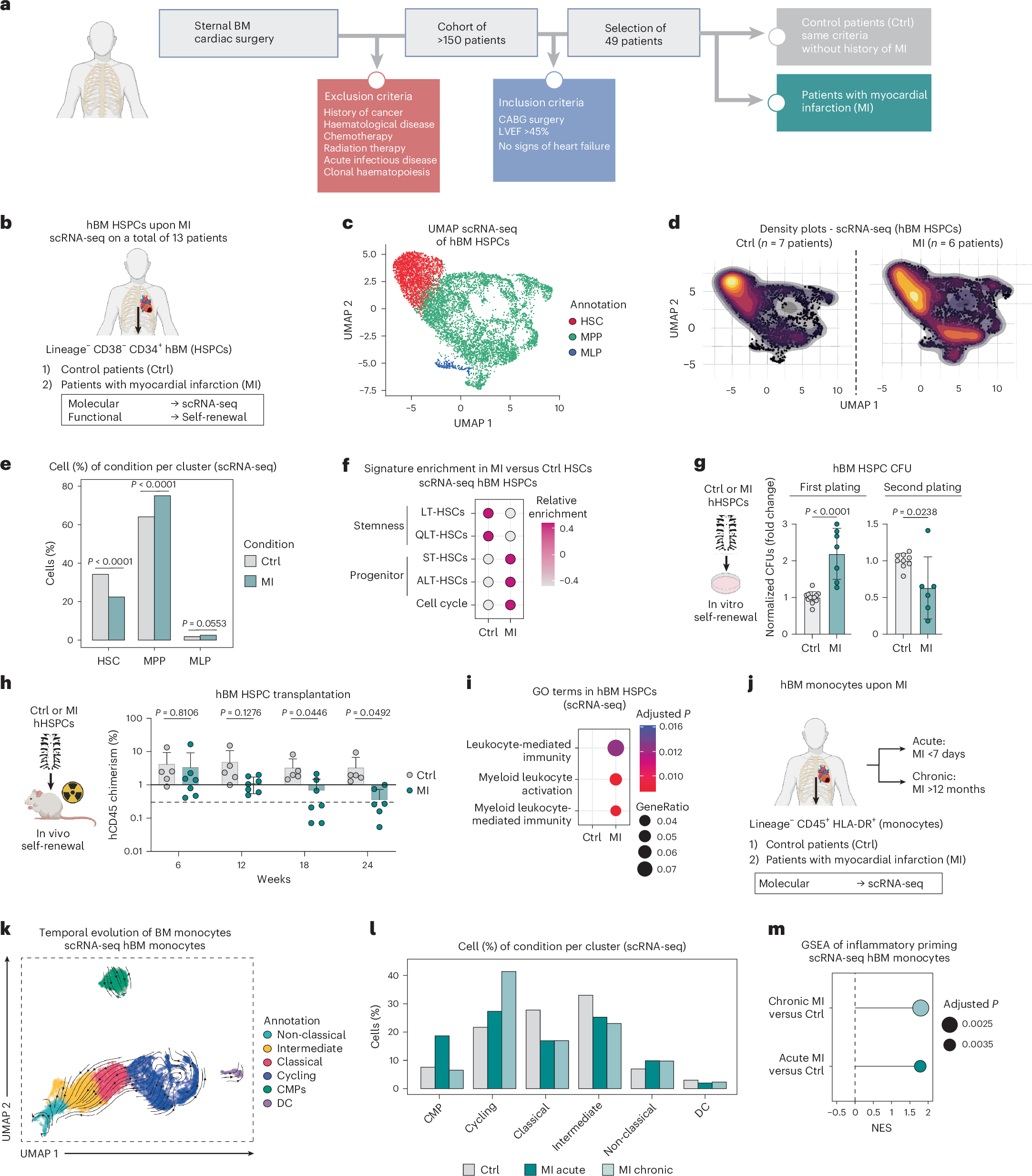2025-04-02 アメリカ国立衛生研究所(NIH)
<関連情報>
- https://www.nih.gov/news-events/news-releases/blood-pressure-patterns-early-pregnancy-tied-hypertension-risk-14-years-later
- https://www.ahajournals.org/doi/10.1161/HYPERTENSIONAHA.125.24649
妊娠初期の血圧軌跡と妊娠数年後の高血圧 Early Pregnancy Blood Pressure Trajectories and Hypertension Years After Pregnancy
James M. Roberts, Stacey E. Alexeeff, Baiyang Sun, Mara Greenberg, Alexis King, Mai N. Nguyen-Huynh, Alan S. Go, and Erica P. Gunderson
Hypertension Published: 2 April 2025
DOI:https://doi.org/10.1161/HYPERTENSIONAHA.125.24649
Abstract
BACKGROUND:
Hypertensive disorders of pregnancy (HDP) increase cardiovascular disease risk. Blood pressure (BP) trajectories ≤20 weeks’ gestation predict HDP outcomes. We hypothesized that early-pregnancy BP patterns stratify risk of developing hypertension years after pregnancy.
METHODS:
This prospective cohort of 174 774 women without prior hypertension, kidney, liver, or heart disease, or history of preeclampsia entered prenatal care ≤14 weeks and delivered a stillborn or live singleton birth at Kaiser Permanente Northern California hospitals (2009–2019). Electronic health records provided data, including HDP for each birth, longitudinal outpatient clinical BP measurements, International Classification of Diseases codes, and medication use to identify new-onset hypertension from 2 months through 14 years post-delivery (2009–2023). Latent class trajectory modeling identified 6 BP trajectory (BPT) groups capturing both BP levels and slopes from 0 to 20 weeks’ gestation. Multivariable Cox regression models estimated the hazard ratio (95% CIs) of new-onset hypertension after pregnancy associated with early-pregnancy BP trajectories, with effect modification by HDP.
RESULTS:
BP trajectories were associated with an increasing gradient of hypertension risk after pregnancy within each HDP group. Adjusted hazard ratios were higher among preeclampsia and gestational hypertension groups than for no HDP. From lowest to highest BPT groups, hazard ratios ranged from 2.91 to 27.31 for preeclampsia, 4.20 to 27.81 for gestational hypertension, and 2.92 to 10.96 for no HDP compared with lowest BP trajectories of the no HDP group (all reference 1.0).
CONCLUSIONS:
Early-pregnancy BP trajectories are strongly associated with new-onset hypertension years after pregnancy. Combined with HDP, they may stratify risk for targeted surveillance and early interventions and improve the prediction of cardiovascular disease risk in women.



